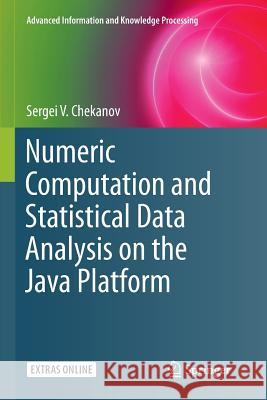Numeric Computation and Statistical Data Analysis on the Java Platform » książka
topmenu
Numeric Computation and Statistical Data Analysis on the Java Platform
ISBN-13: 9783319803715 / Angielski / Miękka / 2018 / 620 str.
Numeric Computation and Statistical Data Analysis on the Java Platform
ISBN-13: 9783319803715 / Angielski / Miękka / 2018 / 620 str.
cena 443,82 zł
(netto: 422,69 VAT: 5%)
Najniższa cena z 30 dni: 424,07 zł
(netto: 422,69 VAT: 5%)
Najniższa cena z 30 dni: 424,07 zł
Termin realizacji zamówienia:
ok. 22 dni roboczych
Bez gwarancji dostawy przed świętami
ok. 22 dni roboczych
Bez gwarancji dostawy przed świętami
Darmowa dostawa!
Kategorie:
Kategorie BISAC:
Wydawca:
Springer
Seria wydawnicza:
Język:
Angielski
ISBN-13:
9783319803715
Rok wydania:
2018
Wydanie:
Softcover Repri
Ilość stron:
620
Waga:
0.89 kg
Wymiary:
23.39 x 15.6 x 3.3
Oprawa:
Miękka
Wolumenów:
01
Dodatkowe informacje:
Wydanie ilustrowane











